FcResolv® NOG Portfolio
Super immunodeficient mouse models with non-functional murine Fc gamma receptors provide improved accuracy in antibody-based studies.
Researchers who work with antibody-based therapies find that murine Fc gamma receptors (FcγRs) can confound preclinical study results, causing false positives or false negatives that lead to incorrect conclusions and derail drug discovery. FcResolv® NOG models lack FcR expression to provide clarity in antibody-based drug studies, offering greater confidence and more translatable data while utilizing fewer resources.
Improve your antibody-based therapy assessment in three critical ways:
Greater Confidence in Your Study Results
Eliminate the false positives and false negatives that occur when an antibody-based therapeutic's Fc domain interacts with murine FcγRs.
More Accurate Assessment of Antibody-Based Therapies
Distinguish true drug efficacy from off-target effects mediated through the mouse immune system and eliminate costly deconvolution steps.
Better Answers with Fewer Resources
Avoid wasteful investments based on false positives or missing out on a promising candidate due to false negatives. FcResolv® NOG mouse models provides improved clarity for more reliable answers.
Learn more about the FcResolv® NOG Portfolio:
FcResolv® NOG Portfolio
FcResolv® NOG mouse models expand the utility of the powerful Taconic NOG platform. They are ideal for investigating any indication which utilizes a therapy incorporating an Fc domain, including immuno-oncology, autoimmune disease, and more.
- FcResolv® NOG Models
- NOW AVAILABLE! FcResolv® NOG-EXL models
- Supporting Data
- FcResolv® NOG Model: FAQs
FcResolv® NOG Models
- Reduced residual murine immune activity due to functional knockout of mouse FcγRs
- Suitable for tumor xenografts using cell lines or patient-derived tumors
- Ideal for engraftment of normal or pathological human cells and tissues, and immune system humanization studies
Available options:
- Transgenic expression of hIL-15 cytokine to support engraftment of human NK cells
- Transgenic expression of hGM-CSF/hIL-3 (NOG-EXL background) to support human myeloid cell reconstitution
- Humanized immune system (HIS) model engrafted with human CD34+ HSC
NOW AVAILABLE! FcResolv® NOG-EXL models
Combined benefits from two validated mouse models for superior results
- Prevent Fc gamma receptor interference that leads to false positives or false negatives
- Enable consistent human myeloid cell reconstitution
- Ideal for antibody-based therapeutics with potential for Fc domain interference
- Available as HIS model engrafted with CD34+ HSC
Supporting Data
The FcResolv NOG model portfolio is based on the super immunodeficient NOG mouse. This highly versatile strain lacks adaptive immune cells and has an attenuated innate immune response, yet still retains some residual mouse immune cells that can interact with therapeutic antibodies. FcResolv NOG models eliminate this interaction by knocking out the common FcR gamma chain that is required for activity of FcγRI, III and IV types, along with the high affinity FcεRI receptor. The low affinity FcεRII receptor remains present. The FcγRIIb has been separately knocked out, as it lacks this common subunit.

Table of all murine Fc receptors, including their expression patterns and binding affinity of various mouse and human immunoglobulin G and E (IgG and IgE) subclasses. In FcResolv NOG mouse models, FcR expression is virtually eliminated by knockout of the FcRγ common subunit, along with the FcRIIb receptor which lacks this common subunit. Note that FcεRI also requires the FcRγ common subunit and is presumed to be nonfunctional in the FcResolv NOG model. The low-affinity FcεRII receptor remains present.

Functional knockout of murine FcγR activity enables accurate detection of immunotherapy efficacy in humanized mice engrafted with tumors. Nivolumab (anti-PD1) does not suppress tumor growth in HSC-engrafted NOG mice (bottom row) but displays anti-tumor efficacy in HSC-engrafted FcResolv NOG mice (top row) where there are no murine FcγRs to interact with the Fc domain of the therapeutic. From Katano et al. 2021.
Intact FcγRs are expressed on residual murine immune cells in super immunodeficient NOG mice. These murine FcγRs can interact with the Fc domain of an antibody-based therapeutic and trigger an effect (for example, tumor growth inhibition) that is mediated through mouse innate immune cells and is independent of the therapeutic's intended mode of action. In FcResolv NOG mice, these receptors are absent, so there is no mouse innate immune response to interfere with interpretation of an Fc-based antibody therapeutic's efficacy.

In super immunodeficient NOG mice, FcγRs are expressed on residual murine immune cells. Although the exact mechanisms are not yet well-understood, these innate mouse receptors can bind antibody-based therapeutics through recognition of the Fc domain and interfere with the therapeutic's intended activity. In FcResolv NOG mice these receptors are absent, so there is no opportunity for them to interfere with interpretation of an antibody therapeutic's efficacy.

The hIL-15 NOG mouse supports human NK cell engraftment through expression of the human IL-15 cytokine and can be used to study therapeutics which act through ADCC mediated by human NK cells. However, FcγRs expressed on residual murine immune cells in the hIL-15 NOG mouse can interact with the Fc domain of an antibody-based therapeutic and trigger off-target effects (for example, tumor growth inhibition) mediated through mouse innate immune cells which are independent of the therapeutic's intended mode of action. In FcResolv hIL-15 NOG mice these FcγRs are absent, so human NK cell-mediated ADCC can be specifically detected without having to deconvolute the contribution of off-target effects to observed efficacy.

FcResolv huNOG and FcResolv huNOG-EXL demonstrate slightly decreased survival upon treatment with Pembrolizumab when compared to their base models with intact murine Fc gamma receptors (FcgRs).

Survival curve of FcResolv huNOG & FcResolv huNOG-EXL compared to their base models huNOG & huNOG-EXL, which have intact murine Fc gamma receptors (FcgRs). Survival curves generated by combining data from two independent studies (n=47 huNOG + huNOG-EXL, n=40 FcResolv huNOG & FcResolv huNOG-EXL) illustrate a potential trend (weak significance of 0.03), likely due to the absence of murine FcgRs and subsequent Pembro binding, leading to slightly decreased survival. Results will vary based on dosing, tumors, etc.
FcResolv NOG Model: FAQs
To prevent expression of several different Fc receptors, two genes are knocked out in the FcResolv NOG models: the Fcgr2b gene, which encodes for FcγRIIb, and the Fcer1g gene, which encodes for the common FcRγ subunit. This approach prevents cell surface expression of FcγRI, FcγRIII, FcγRIV, and FcεRI. See our Fc receptor data table for more details.
The most well-understood mechanism through which Fc receptors confound antibody-based therapy studies occurs when an Fc domain interacts with those receptors, which then activate murine innate cells to cause xenograft tumor killing via ADCC or antibody-dependent cellular phagocytosis (ADCP). This mechanism and other possible sources of confounding factors are illustrated above.
Any antibody-based therapy that includes an Fc domain may benefit from study in an FcResolv NOG mouse, as it reduces confounding effects introduced by the drug's interaction with mouse Fc receptors. Suitable applications for the FcResolv NOG model portfolio include studies on monoclonal antibodies (mAbs), bispecific and trispecific antibodies, bispecific T cell engagers (BiTEs), bispecific killer cell engagers (BiKEs), trispecific killer cell engagers (TriKEs), NK cell engagers (NKCEs) and dual affinity retargeting antibodies (DARTs), along with other forms of engineered antibody scaffolds.
FcResolv NOG mouse models are versatile, super immunodeficient models that lend themselves to a wide variety of therapeutic areas, including immuno-oncology, autoimmune disease, infectious disease, regenerative medicine, and more. The FcResolv hIL-15 NOG is most useful for studies involving human NK cells, primarily related to immuno-oncology. The FcResolv NOG-EXL is suited for studies requiring myeloid or lymphoid cell reconstitution, with particular utility for studying acute myelogenous leukemia (AML).
Get In Touch
Book a complimentary consultation or get support for an existing order
If you need immediate assistance, please contact Customer Service:
Taconic Corporate Offices
Email: info@taconic.com
Phone: +1 (518) 697-3900
273 Hover Ave., Germantown, NY 12526
North American Customer Service
Email: info@taconic.com
Phone: +1 (518) 697-3915
Toll-free: +1 (888) 822-6642
Hours: (Monday - Friday): 7 a.m. - 6 p.m. ET
European Customer Service
Email: info@taconic.com
Phone (Europe and Denmark): +45 70 23 04 05
Phone (Germany): +49 214 50 68 023
Hours: (Monday - Friday): 7 a.m. - 5 p.m. CET


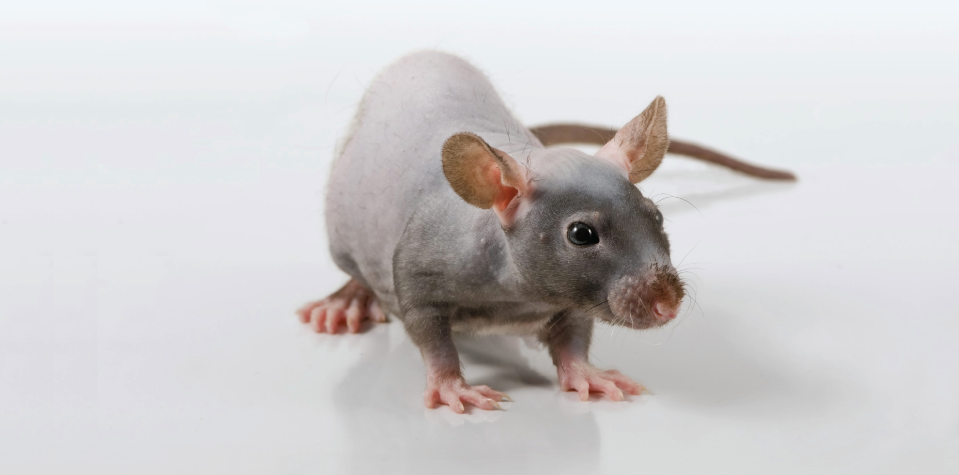

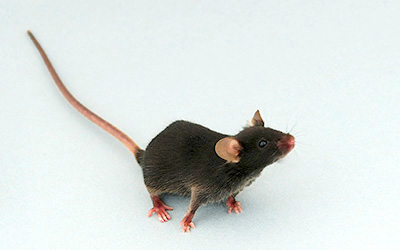
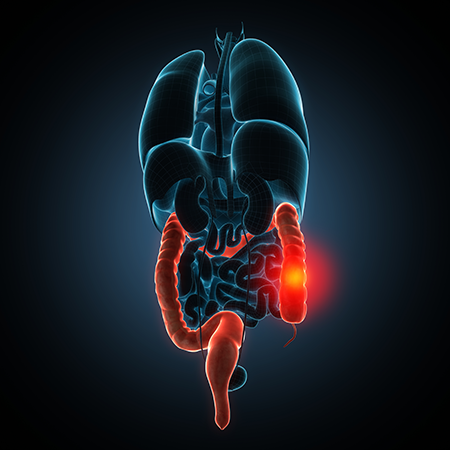




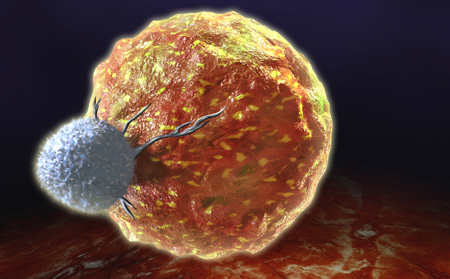



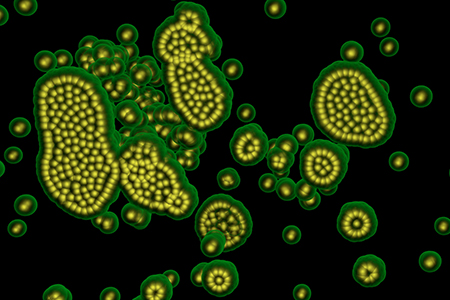

.jpg)

.jpg)
.jpg)
.jpg)
.jpg)




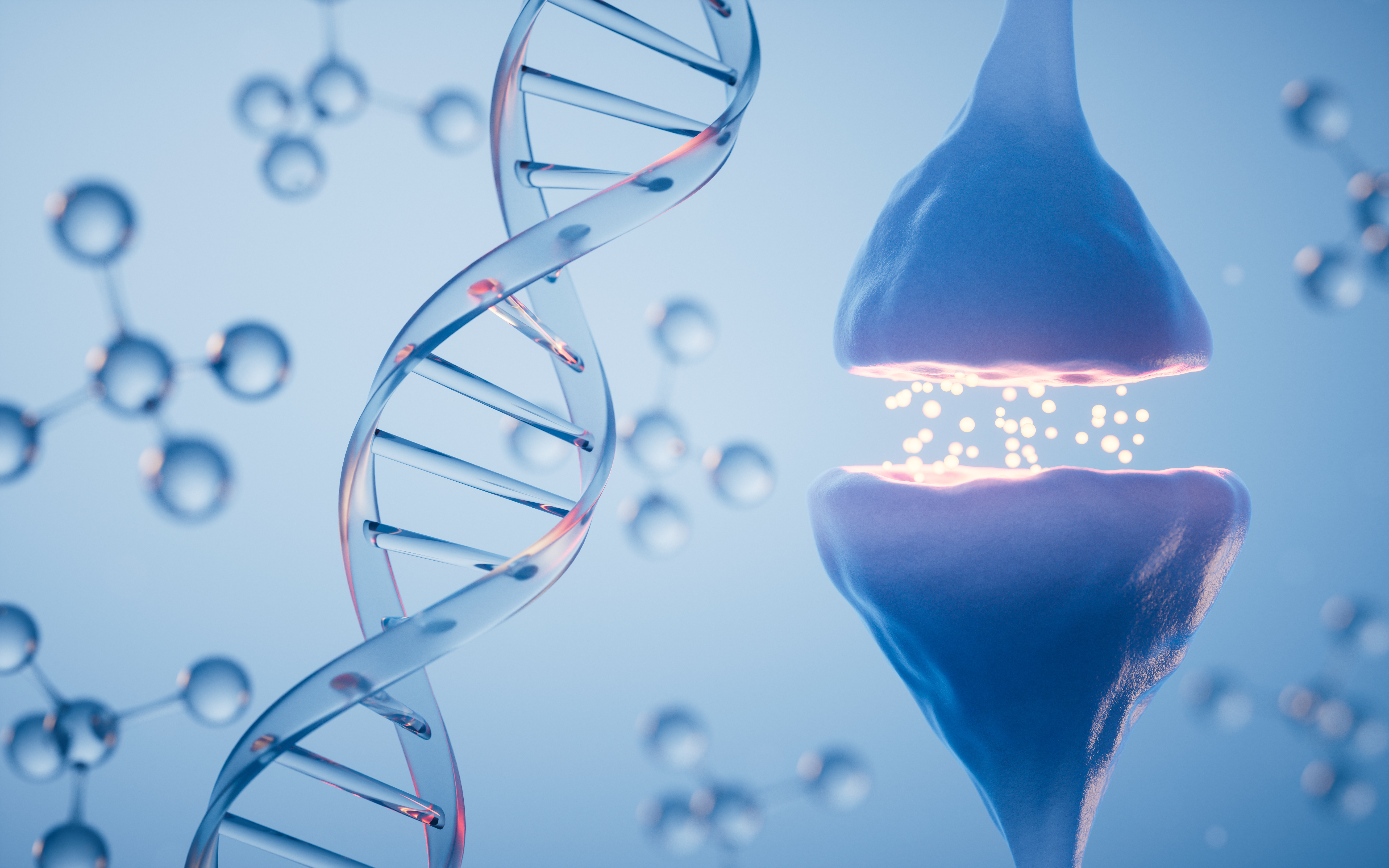
.jpg)


.jpg)
.jpg)




.jpg)




.jpg)

.jpg)

















